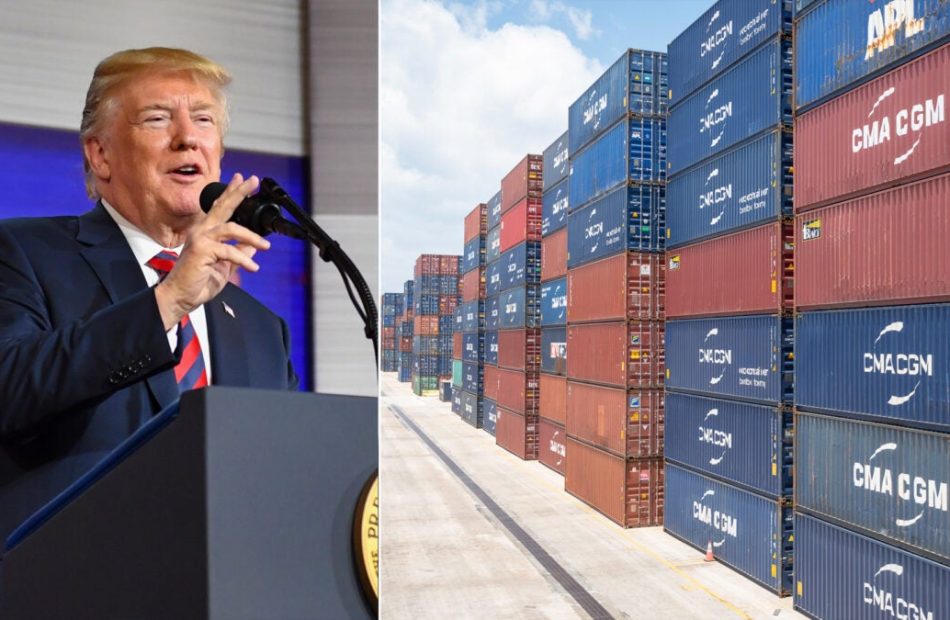Tariffs and retail prices: What consumers need to know
Tariffs on retail goods don’t usually directly control the final price that consumers pay.
When products are brought into the U.S., the tariff is calculated based on the declared value of the goods at the point of import, not on the retail price at which they’re sold.
This declared value omits additional costs such as labor, marketing, logistics, rent and the profit margin that retailers add. Consequently, the price on the shelf can be significantly higher than the tariffed import value.
For instance, the markup on big-ticket items like cars might be relatively modest, around 5%, whereas luxury goods can see markups up to 500%. However, most consumer products are typically marked up by over 100% over their import value.
Consumers worry that retailers will just pass on the cost of tariffs in terms of wholesale costs. The more likely answer is that companies will look for cheaper suppliers, countries for sourcing or domestic manufacturers. Sourcing is not static or fixed.
Importers’ strategies:
-
Absorbing tariffs: Importers might pay the tariff out of their profit margin to stabilize consumer prices.
-
Sourcing from alternatives: They could shift production to countries with more favorable trade agreements with the U.S.
-
Increasing prices: As a last resort, if neither absorbing the cost nor changing suppliers is feasible, the price to consumers might increase.
If importers discover cheaper alternatives, they’ll shift their sourcing to maintain profitability. Otherwise, they have to decide whether to absorb the cost or pass it on to consumers, depending on how much the market will tolerate the price hike.
Manufacturers, especially those exporting to the U.S., face similar decisions.
The U.S. is the world’s largest consumer market. A significant drop in demand due to high tariffs can push suppliers to reduce prices to remain competitive, offsetting some or all of the costs of tariffs.
Some foreign governments will likely subsidize their manufacturers to ensure they don’t lose U.S. market share to foreign or domestic competitors. For decades, U.S. manufacturers and policymakers have complained about China subsidizing manufacturing to steal market share from U.S. domestic manufacturers. This means consumer prices could stay the same while the tariff cost is offset by reducing the foreign manufacturer’s price and margin.
Ultimately, the level of demand sets a ceiling on how much prices can rise. If prices get too high, sales diminish.



Leave a Reply